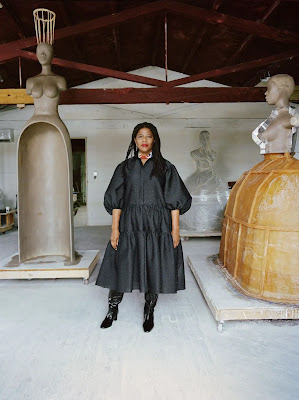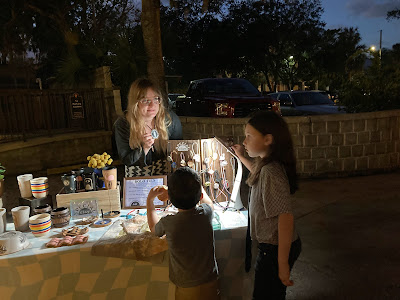Augusta Savage's young nephew Ellis Ford modeled for this sculpture in 1929 while he and his family were living with her in Harlem, taking refuge there after losing their home in Florida in a hurricane. Ellis is shown with the soft cap commonly worn by newspaper boys and other working youth. Inscribed on the base is the French word gamin, a term that refers to streetwise children. This composition was widely considered to be Savage's most successful sculpture. It was so popular that the artist produced a life-sized bronze as well as numerous plaster casts like the one shown here, which she painted to look like bronze.
Savage was an activist-educator and key figure working in Harlem during the 1920s and 1930s. She mentored countless prominent artists and was an outspoken critic of racism embedded in the artworld. She was a cofounder of the Harlem Artists Guild, which secured employment for Black artists, and she helped establish the Harlem Community Art Center. In 1939 she opened the Salon of Contemporary Negro Art, the first gallery in the United States dedicated specially to exhibiting and selling works by African American artists.
Source link:
https://americanart.si.edu/artwork/gamin-21658














































